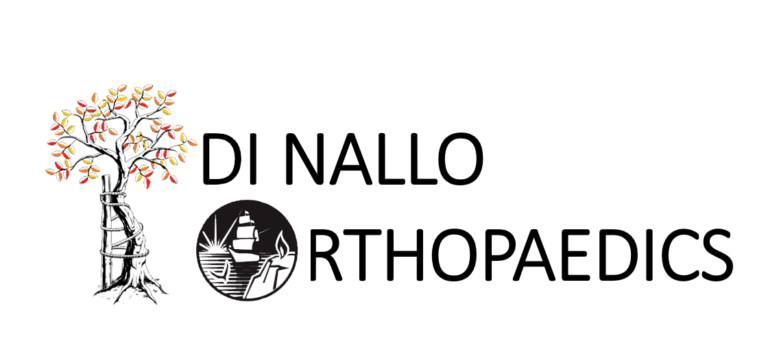BUNION SURGERY
There are 3 types of osteotomies used to correct Bunion deformities, this can be done in two different manners, open or mini-invasive.

Akin Osteotomy
Akin osteotomy is usually performed at the base of the big toe, in the first phalanx. It is performed percutaneously with keyhole surgery. A wedge in the bone is created with a small burr and the toe is then brought back to its normal anatomical position and held together with a screw.
Chevron osteotomy
A chevron osteotomy is usually recommended for mild to moderate bunion deformities. An incision over your big toe is made, the capsule is opened and the bunion is removed using a surgical saw. A V-shaped cut is made on the head of the metatarsal bone (long foot bone) and the fragments are moved to bring your toe into a more normal position. Screws are used to hold the bones in their new position until healing occurs. The capsule and wound are closed with absorbable sutures.
Scarf Osteotomy
Scarf osteotomy is usually recommended for moderate to severe bunion deformities. An incision on your big toe is done and the joint capsule is opened, exposing the bump. The bump is removed using a bone saw and the first metatarsal bone is then cut in a Z-shape. The bone is realigned to correct the deformity and secured with screws. The joint capsule and surgical wounds are closed using absorbable sutures.
